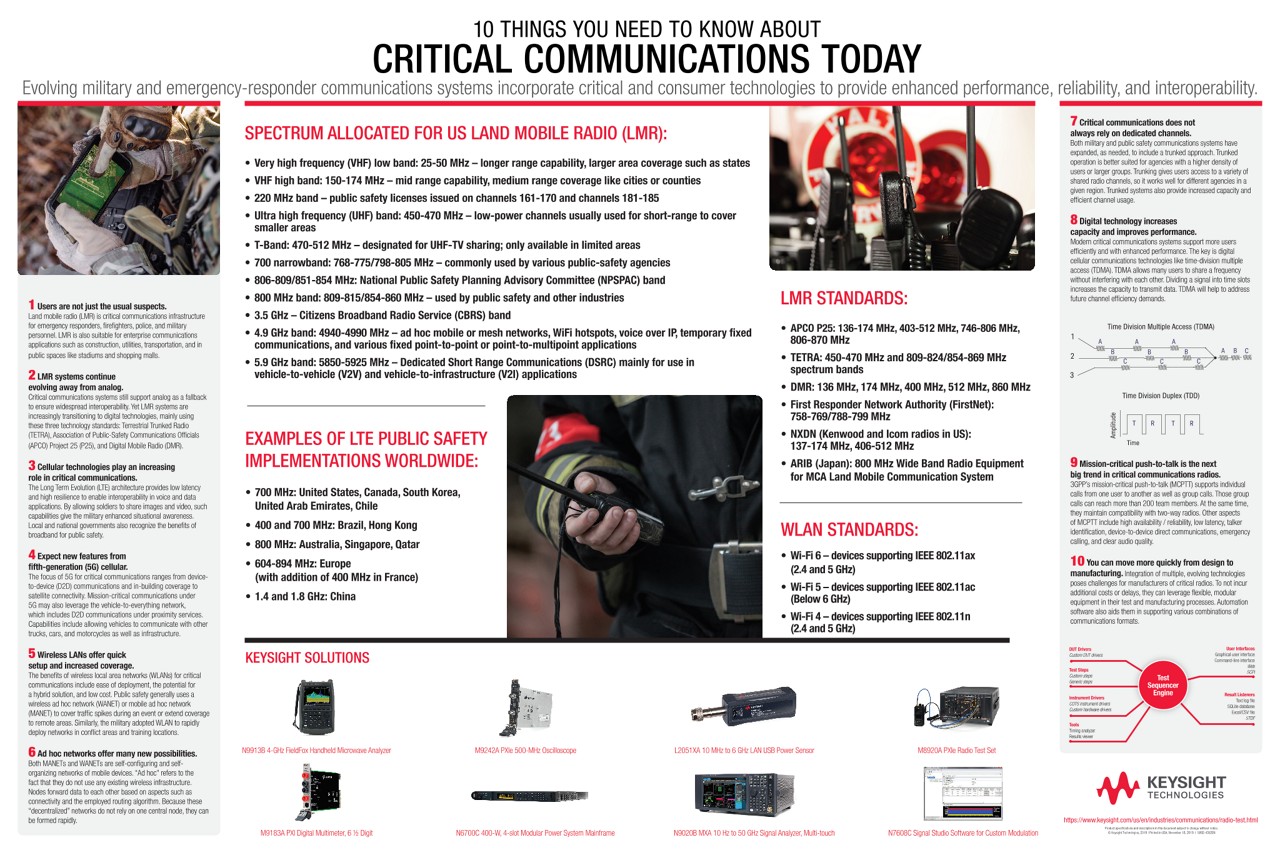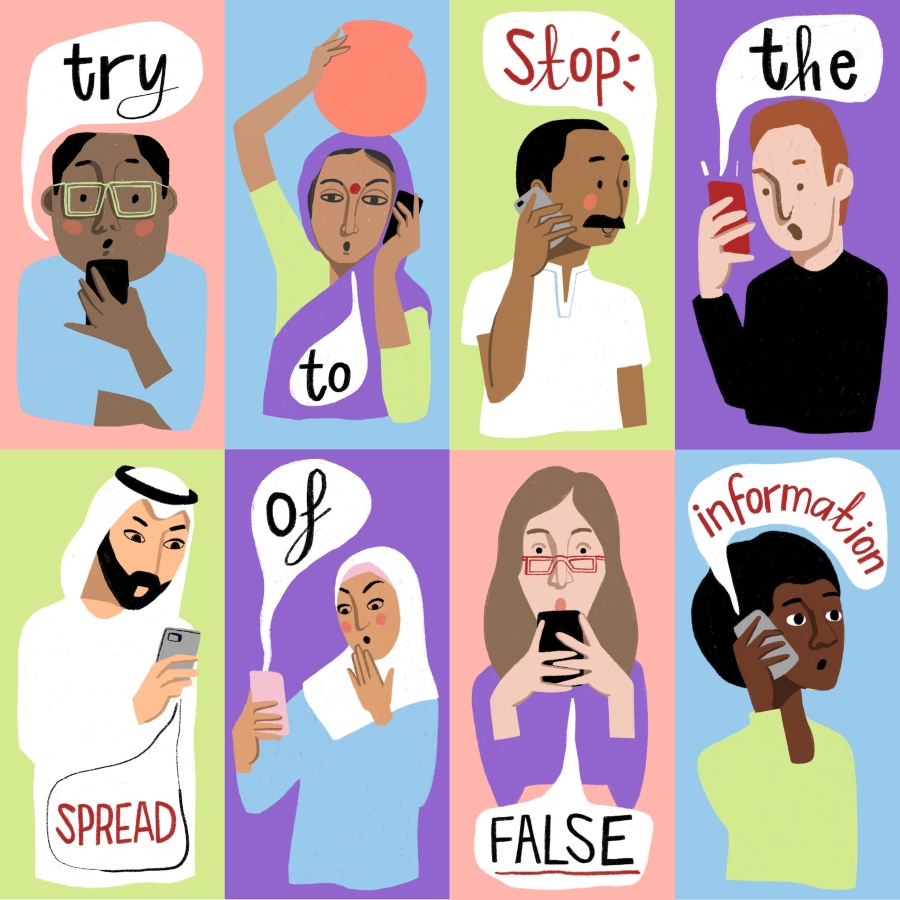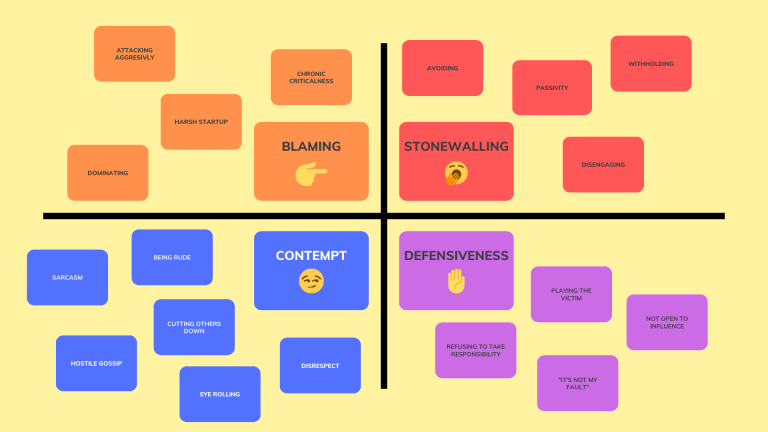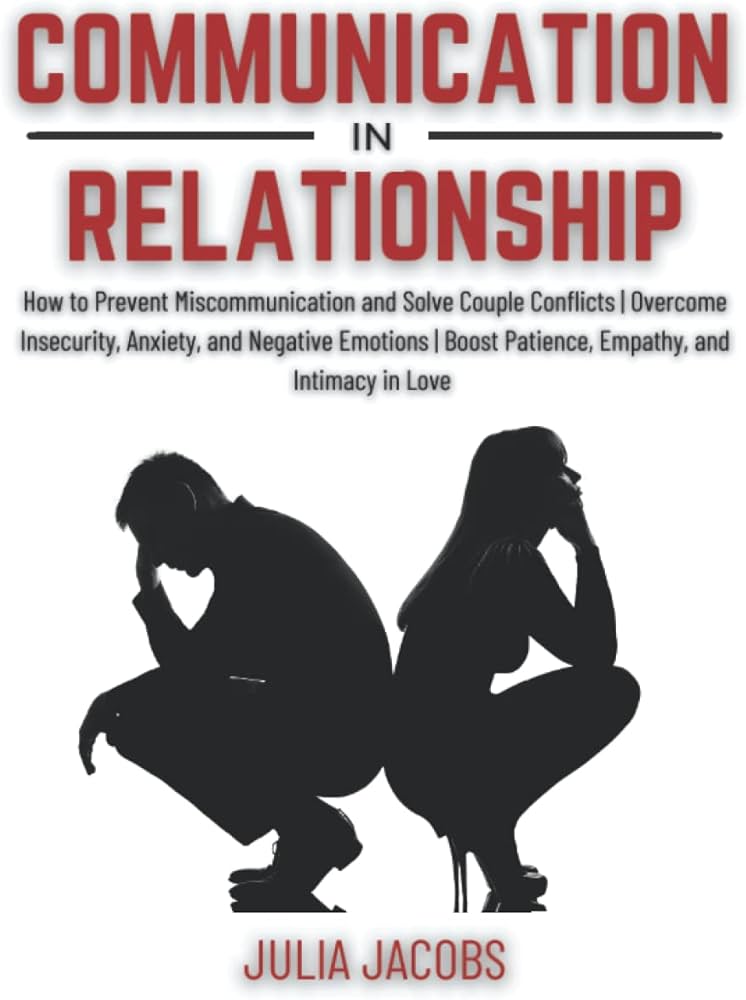Communication Challenges You Need to Know
Communication challenges can hinder effective collaboration and understanding in any setting. It is important to recognize and address these challenges to foster strong relationships and achieve desired outcomes.

Credit: www.keysight.com
Language Barriers
Communication challenges can arise due to language barriers, hindering understanding and mutual exchange of ideas. These barriers can impede effective communication, leading to misunderstandings and misinterpretations. It is essential to recognize and address these challenges to ensure clear and seamless communication.
Different Native Languages
One of the most prevalent language barriers in effective communication is the difference in native languages. When individuals from diverse backgrounds come together, it is common for each person to have their own mother tongue. This diversity can pose challenges when trying to convey ideas and messages accurately. Understanding each other becomes crucial when working in a multi-cultural environment. For example, a team composed of members from Japan, France, and Brazil may have difficulty understanding each other due to language differences. It’s essential to find ways to overcome this challenge to ensure effective communication and foster collaboration.Slang And Idioms
Another significant obstacle that arises when trying to communicate across different cultures is the use of slang and idioms. These linguistic expressions, unique to a particular language or region, can be bewildering to non-native speakers. While they may seem natural to those who use them, they can cause confusion and misinterpretation. Slang, in particular, reflects the ever-evolving nature of language itself, making it difficult for non-native speakers to keep up with its changes. For instance, English speakers might say, “It’s raining cats and dogs,” to describe heavy rainfall, leaving non-English speakers puzzled by the literal meaning of the phrase. To overcome this challenge, it is important to be mindful of the language we use. When communicating with individuals whose first language is not our own, it is crucial to avoid using slang and idioms altogether or to explain their meaning when necessary. Taking these steps will help ensure effective and clear communication.Cultural Differences
Discover the intricacies of cultural differences and the communication challenges they bring. Gain insights into navigating language barriers, understanding non-verbal cues, and achieving effective cross-cultural communication. Awareness of these challenges is essential for fostering successful interactions in our diverse global society.
Non-verbal Communication
Cultural differences play a significant role in communication challenges. One crucial aspect to consider is non-verbal communication. In some cultures, such as Asian cultures, body language, facial expressions, and gestures hold immense importance and can convey more meaning than verbal words. For instance, a slight bow may indicate respect in Japan, while direct eye contact is considered rude. On the other hand, Western cultures tend to rely more on verbal communication, and eye contact is seen as a sign of attentiveness and confidence. Being aware of these differences can help avoid misunderstandings and ensure effective cross-cultural communication.Hierarchy And Power Distance
When it comes to cultural differences in communication, understanding the concept of hierarchy and power distance is crucial. In some cultures, like many Asian and African cultures, a clear hierarchy exists, and respect for authority is expected. This means that people lower in the hierarchy may speak less and use more formal language when communicating with higher-ranking individuals. In contrast, cultures with low power distance, such as Scandinavian cultures, encourage more egalitarian communication and open discussions. Recognizing these dynamics is essential for building trust and effective communication in a multicultural environment.Using Code To Demonstrate Hierarchical Differences:
Table 1: Examples of cultural differences in communication | Hierarchy | Power Distance | |————|——————| | Asian and African cultures | Many Asian and African cultures have a clear hierarchy that requires respect for authority. Individuals lower in the hierarchy tend to speak less formally to higher-ranking individuals. | | Scandinavian cultures | Scandinavian cultures have low power distance and encourage egalitarian communication. Open discussions are the norm. | In conclusion, understanding and navigating the cultural differences in communication is essential for effective interaction in a multicultural environment. Non-verbal communication styles and hierarchies can significantly impact how messages are perceived and understood. By recognizing and respecting these differences, individuals can bridge communication gaps and foster better cross-cultural relationships.Technological Communication
In today’s modern era, technological advancements have transformed the way we communicate. While these advancements have undoubtedly made communication faster and more convenient, they also present unique challenges. Technological communication, such as emails and instant messaging, comes with its own set of hurdles that can hinder effective communication and lead to misunderstandings. It is essential to be aware of these challenges and find ways to overcome them in order to foster clear and meaningful communication.
Email Misinterpretation
Email has become a staple method of communication in both personal and professional settings. However, reliance on written text alone can often lead to misinterpretation. Without the ability to hear tone of voice or see facial expressions, the meaning behind the words can easily get lost. Ambiguities can arise, and intentions can be misunderstood, causing unnecessary confusion or conflict.
Difficulty In Conveying Emotions
Emotions are an integral part of human communication. When we talk face-to-face, we can rely on our facial expressions, body language, and tone of voice to convey our emotions effectively. However, in technological communication, these visual and auditory cues are absent. As a result, it becomes challenging to accurately express and interpret emotions, leading to message misinterpretations or an overall lack of emotional connection.

Credit: www.securitymagazine.com
Generational Communication Gap
The way we communicate has evolved greatly with the advancement of technology. And while technology has brought us closer, it has also created a generational communication gap. Different generations have different communication styles and technology usage, which can lead to misunderstandings and challenges in effectively connecting with each other.
Different Communication Styles
Each generation has its own unique communication style shaped by their upbringing, experiences, and social norms. Understanding these different communication styles can help bridge the generational communication gap.
For example, Baby Boomers, who were born between 1946 and 1964, tend to prefer face-to-face communication and value personal connections. They value phone calls or meetings rather than relying on digital means of communication.
Generation X, born between 1965 and 1980, grew up during the rise of technology and experienced the transition from analog to digital. They are comfortable with both in-person and digital communication methods.
Millennials (born between 1981 and 1996) and Generation Z (born between 1997 and 2012) are the first generations to grow up with widespread access to the internet and smartphones. They are fluent in digital communication platforms and prefer methods such as texting, social media messaging, and video calls.
By recognizing and adapting to these different communication styles, we can bridge the generational communication gap and create more effective and meaningful connections across generations.
Technology Usage
Another factor contributing to the generational communication gap is the difference in technology usage. As each generation grew up in different technological eras, their proficiency and comfort levels with technology vary greatly.
Baby Boomers were introduced to technology later in life, so they might not be as tech-savvy as younger generations. They may struggle with using new devices or software, which can impact their ability to connect and communicate effectively in a digital world.
Generation X adapted to the rise of personal computers and the internet, but they might not be as familiar with the latest social media trends or mobile applications.
Millennials and Generation Z are often referred to as digital natives, having grown up with technology ingrained in their everyday lives. They are early adopters of new platforms and technologies, and their ability to navigate and utilize technology is often effortless.
Recognizing these differences in technology usage and providing support or training can help bridge the generational communication gap and ensure everyone is able to effectively utilize technology for communication purposes.

Credit: www.abtaba.com
Frequently Asked Questions For Communication Challenges You Need To Know
What Are The Challenge In Communication?
Communication challenges include language barriers, misinterpretation of messages, lack of clarity, distractions, and differing communication styles.
What Are The 3 Key Issues In Communication?
The three key issues in communication are lack of clarity, ineffective listening, and non-verbal cues. Clarity helps avoid misunderstandings, while effective listening enables better understanding. Non-verbal cues, such as body language and tone of voice, can impact the message’s interpretation.
What Are The Greatest Challenges To Good Communication Explain?
The greatest challenges to good communication include misunderstanding, lack of clarity, distractions, language barriers, and emotional barriers. These challenges can hinder effective communication and impede the exchange of information, ideas, and emotions between individuals or groups. Overcoming these challenges requires active listening, empathy, clear messaging, and adaptability to different communication styles.
What Is The #1 Obstacle To Effective Communication?
The primary barrier to effective communication is a lack of clarity.
How Can Communication Challenges Impact Business Productivity?
Communication challenges can lead to misunderstandings, delays in projects, and decreased employee morale, ultimately affecting business productivity.
Conclusion
In a world where effective communication is key, it is vital to acknowledge and address the various challenges that may arise. From language barriers to misinterpretations, these obstacles can hinder understanding and hinder progress. By recognizing and actively working to overcome these challenges, we can foster better communication in all aspects of our lives.
So, let’s strive for clarity, openness, and empathy in our interactions, and build stronger connections with one another.





